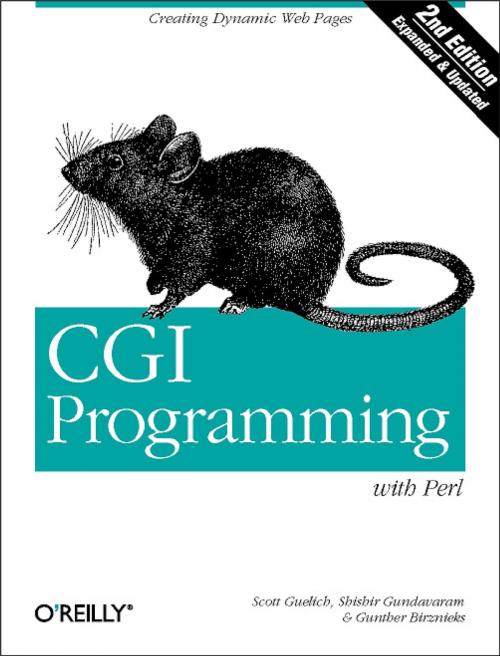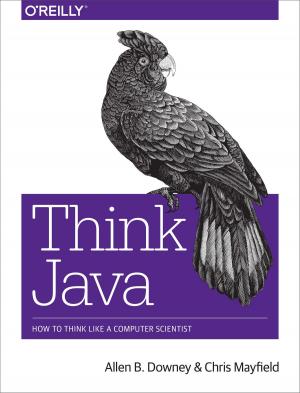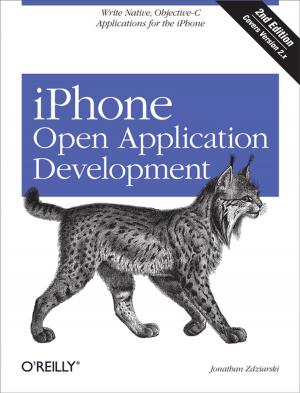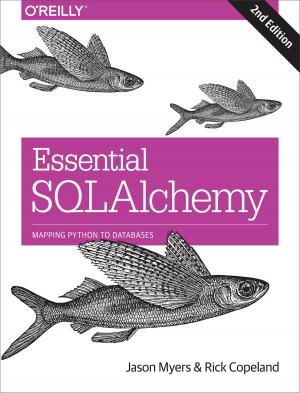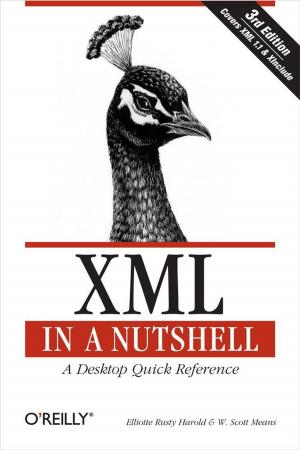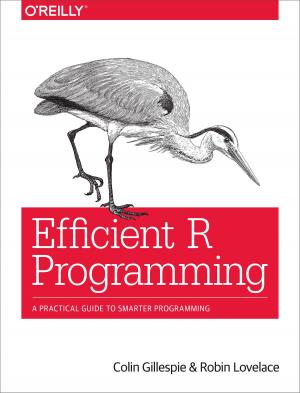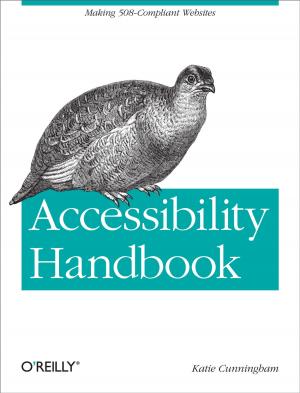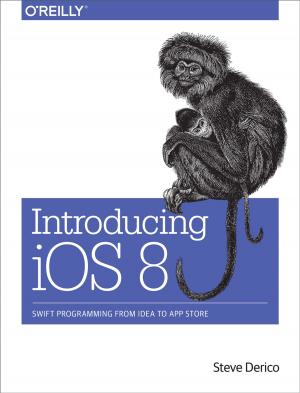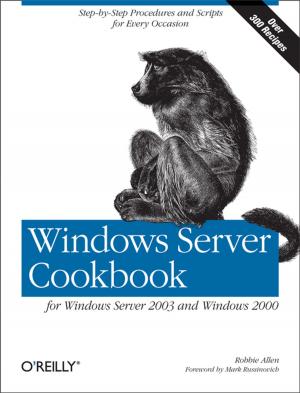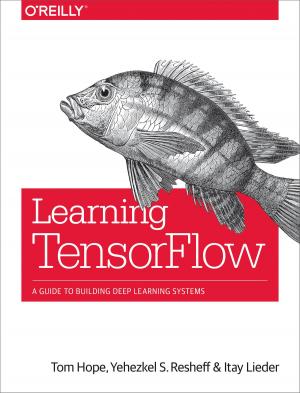CGI Programming with Perl
Creating Dynamic Web Pages
Nonfiction, Computers, Programming, Programming Languages, CGI, JavaScript, Perl, VBScript, Internet, Web Development| Author: | Scott Guelich, Shishir Gundavaram, Gunther Birznieks | ISBN: | 9781449326791 |
| Publisher: | O'Reilly Media | Publication: | January 1, 2012 |
| Imprint: | O'Reilly Media | Language: | English |
| Author: | Scott Guelich, Shishir Gundavaram, Gunther Birznieks |
| ISBN: | 9781449326791 |
| Publisher: | O'Reilly Media |
| Publication: | January 1, 2012 |
| Imprint: | O'Reilly Media |
| Language: | English |
Programming on the Web today can involve any of several technologies, but the Common Gateway Interface (CGI) has held its ground as the most mature method--and one of the most powerful ones--of providing dynamic web content. CGI is a generic interface for calling external programs to crunch numbers, query databases, generate customized graphics, or perform any other server-side task. There was a time when CGI was the only game in town for server-side programming; today, although we have ASP, PHP, Java servlets, and ColdFusion (among others), CGI continues to be the most ubiquitous server-side technology on the Web.
CGI programs can be written in any programming language, but Perl is by far the most popular language for CGI. Initially developed over a decade ago for text processing, Perl has evolved into a powerful object-oriented language, while retaining its simplicity of use. CGI programmers appreciate Perl's text manipulation features and its CGI.pm module, which gives a well-integrated object-oriented interface to practically all CGI-related tasks. While other languages might be more elegant or more efficient, Perl is still considered the primary language for CGI.
CGI Programming with Perl, Second Edition, offers a comprehensive explanation of using CGI to serve dynamic web content. Based on the best-selling CGI Programming on the World Wide Web, this edition has been completely rewritten to demonstrate current techniques available with the CGI.pm module and the latest versions of Perl. The book starts at the beginning, by explaining how CGI works, and then moves swiftly into the subtle details of developing CGI programs.
Topics include:
- Incorporating JavaScript for form validation
- Controlling browser caching
- Making CGI scripts secure in Perl
- Working with databases
- Creating simple search engines
- Maintaining state between multiple sessions
- Generating graphics dynamically
- Improving performance of your CGI scripts
Programming on the Web today can involve any of several technologies, but the Common Gateway Interface (CGI) has held its ground as the most mature method--and one of the most powerful ones--of providing dynamic web content. CGI is a generic interface for calling external programs to crunch numbers, query databases, generate customized graphics, or perform any other server-side task. There was a time when CGI was the only game in town for server-side programming; today, although we have ASP, PHP, Java servlets, and ColdFusion (among others), CGI continues to be the most ubiquitous server-side technology on the Web.
CGI programs can be written in any programming language, but Perl is by far the most popular language for CGI. Initially developed over a decade ago for text processing, Perl has evolved into a powerful object-oriented language, while retaining its simplicity of use. CGI programmers appreciate Perl's text manipulation features and its CGI.pm module, which gives a well-integrated object-oriented interface to practically all CGI-related tasks. While other languages might be more elegant or more efficient, Perl is still considered the primary language for CGI.
CGI Programming with Perl, Second Edition, offers a comprehensive explanation of using CGI to serve dynamic web content. Based on the best-selling CGI Programming on the World Wide Web, this edition has been completely rewritten to demonstrate current techniques available with the CGI.pm module and the latest versions of Perl. The book starts at the beginning, by explaining how CGI works, and then moves swiftly into the subtle details of developing CGI programs.
Topics include:
- Incorporating JavaScript for form validation
- Controlling browser caching
- Making CGI scripts secure in Perl
- Working with databases
- Creating simple search engines
- Maintaining state between multiple sessions
- Generating graphics dynamically
- Improving performance of your CGI scripts
